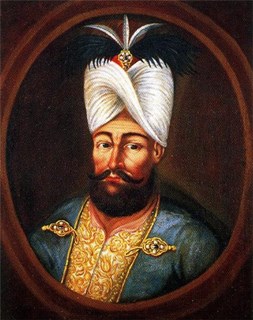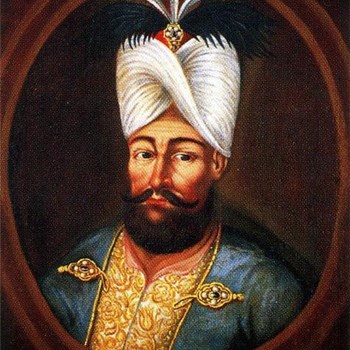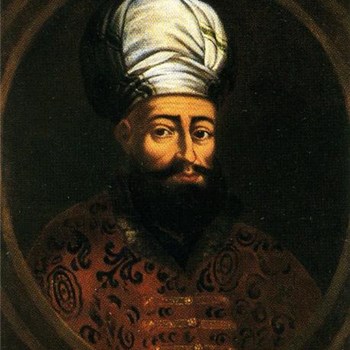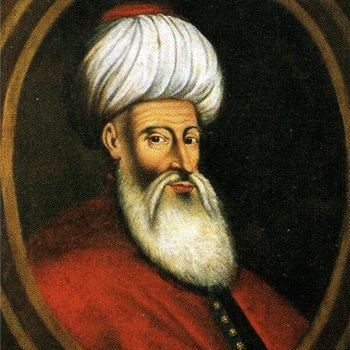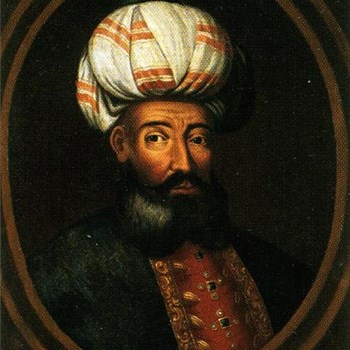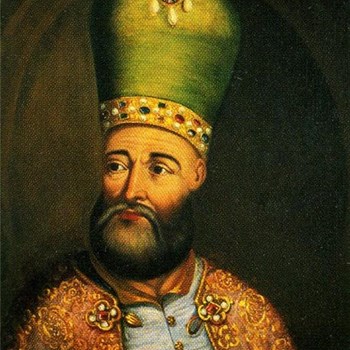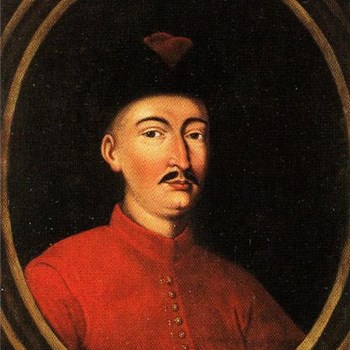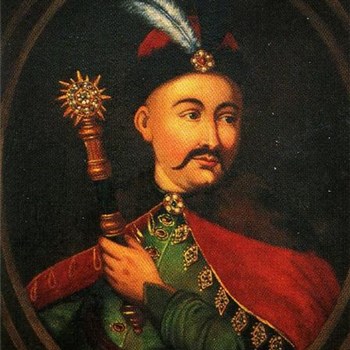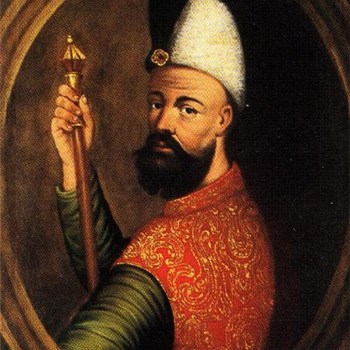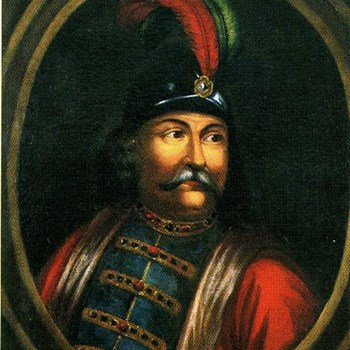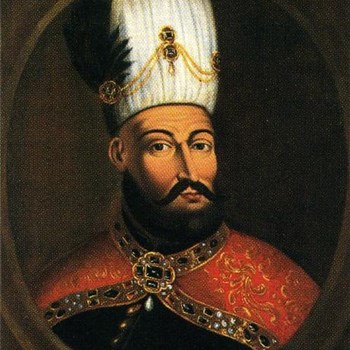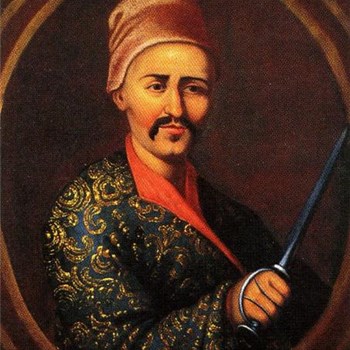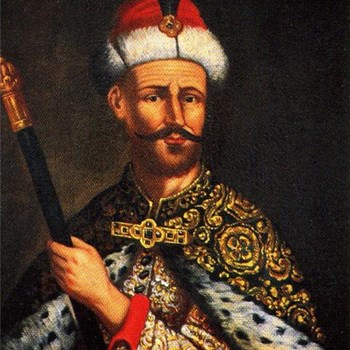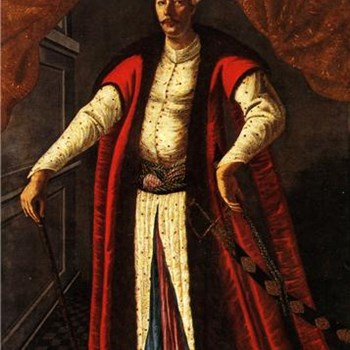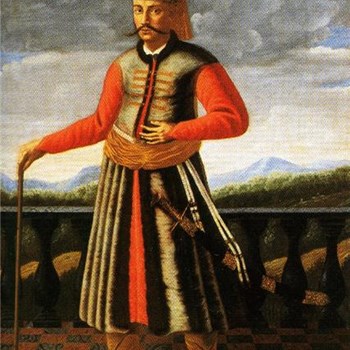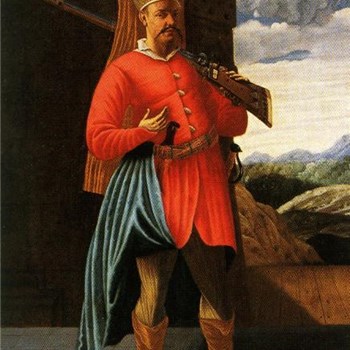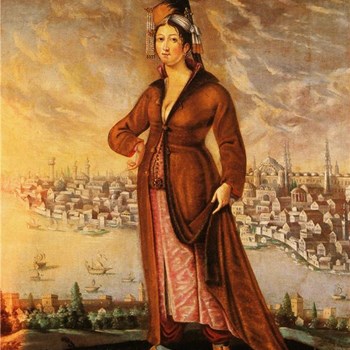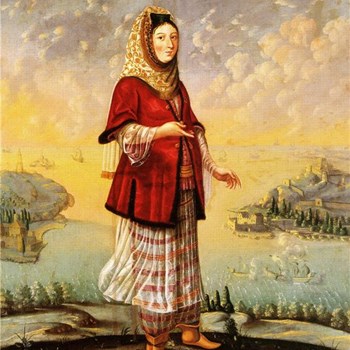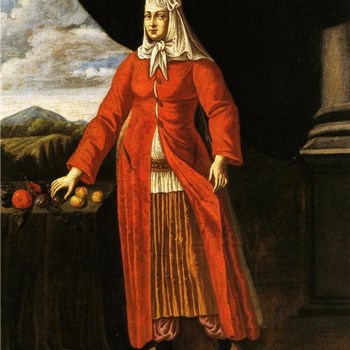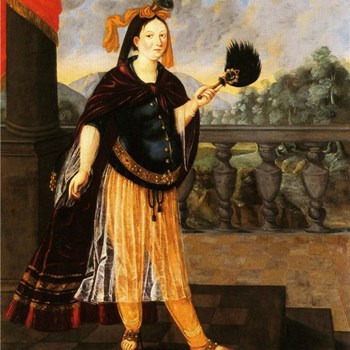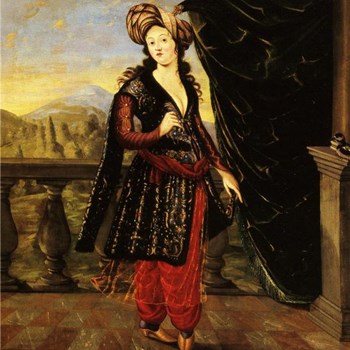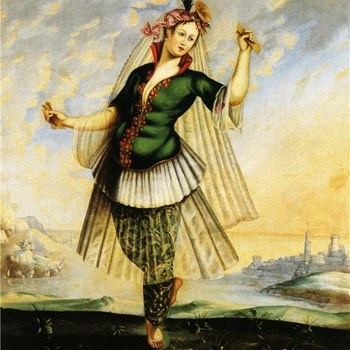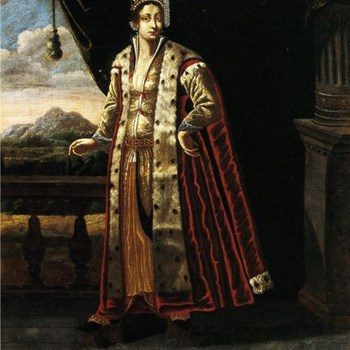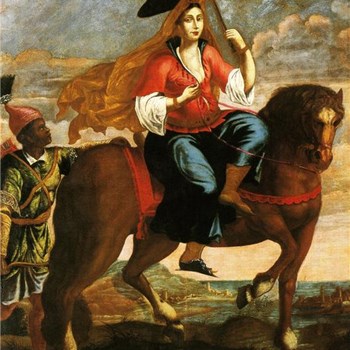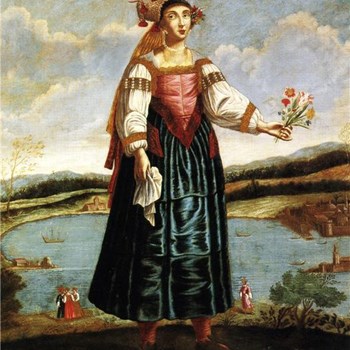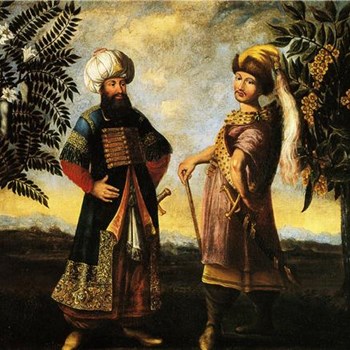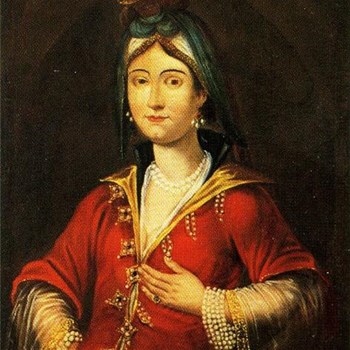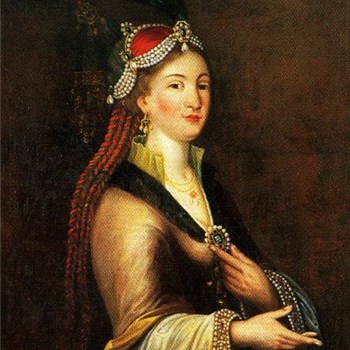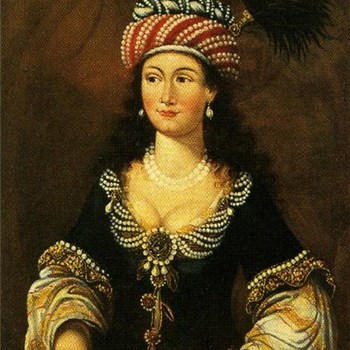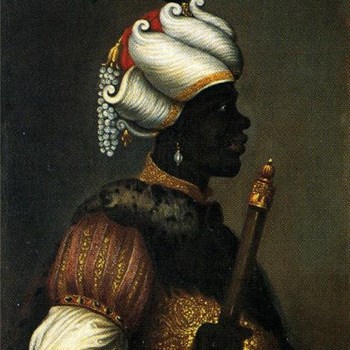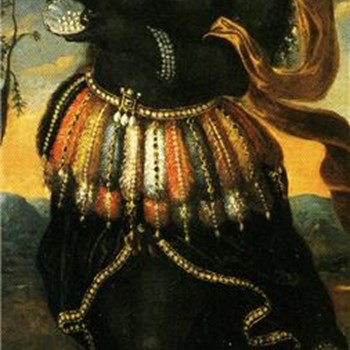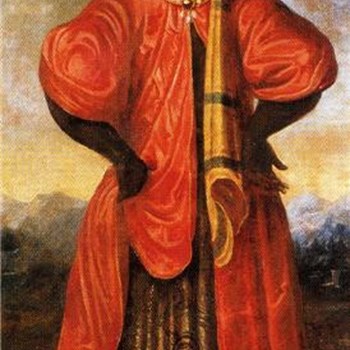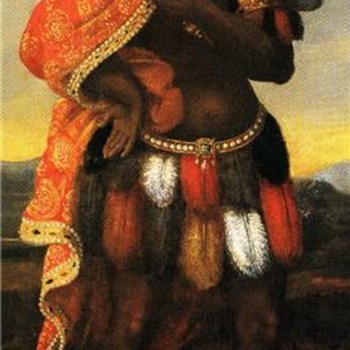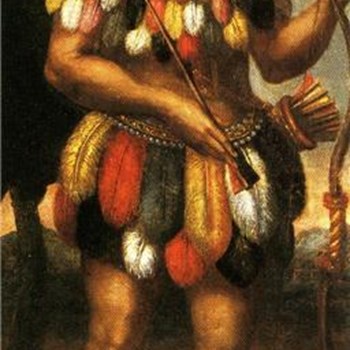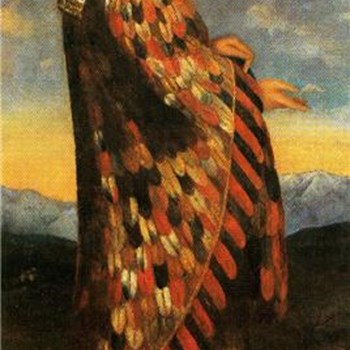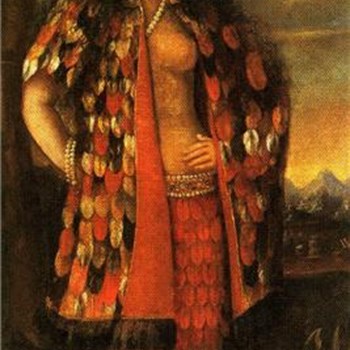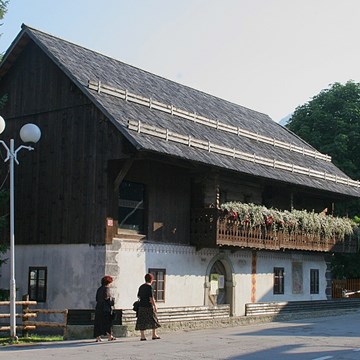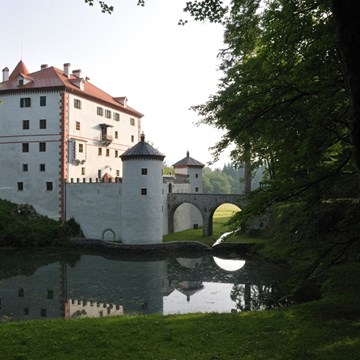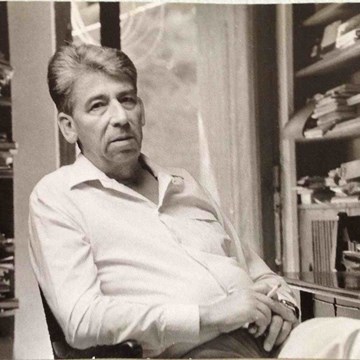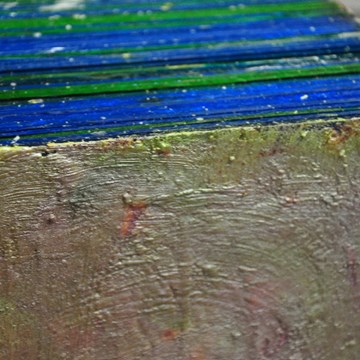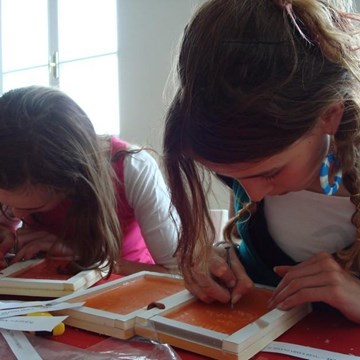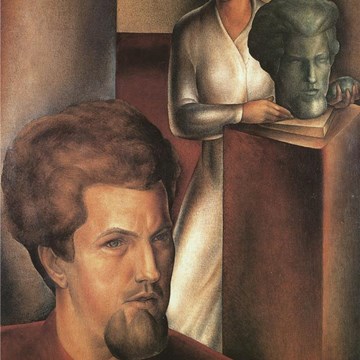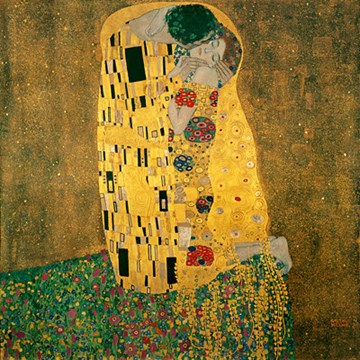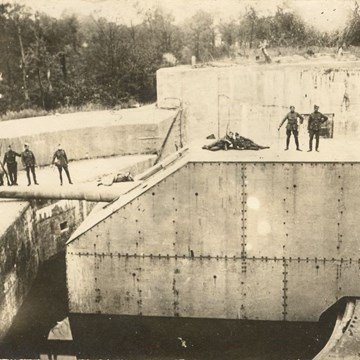The Ptuj Collection of Turqueries is placed among the European series of paintings with Turkish motifs that were created after the diplomatic missions to Istanbul. Cultural relations between Europe and the Turks had followed the political happenings and the economic development throughout the centuries. The Turkish military predominance during the 15th and 16th centuries stimulated images of the barbarian enemy of Christianity in the Habsburg Empire. After the Turkish siege of Vienna in 1529 anti-Turkish propaganda was in full swing spreading exaggerated derogatory images of Turkish sovereigns and soldiers mainly on graphic papers. At the turn of the 17th century, when the Turkish predominance faded, European countries started to strengthen their relations with the Turks through political and business connections instead of continuing their previous defensive policy. Embassies of the Republic of Venice, England, France, The Netherlands, Sweden and Austria gathered information on the Turkish state regulation, court and everyday life. They were often accompanied by artists who documented the events and scenes in pictures. In this way the images started to change in the 17th century. The stereotypical image of the biggest enemy of Christianity was replaced above all through non-propaganda depictions for personal use by more realistic images. A collection of paintings gives evidence of the start of the interest of the rich and educated Europeans for foreign cultures, regarding their conception of the mysterious, rich and exotic Orient.
The group of paintings, called Turqueries, is one of the best-researched and publicly presented collections of the Ptuj Regional Museum. In 1987, Maximilian Grothaus published an article regarding this topic and in 1992 the large exhibition “Meeting between the Orient and the Occident” was dedicated to the Turqueries in the Ptuj Castle, accompanied by an extensive catalogue. The author of the exhibition and the catalogue, Marjeta Ciglenečki, later published new insights both in articles and her doctoral dissertation. The collection was also exhibited in Železno/Eisenstadt and a part of it in Dresden and Istanbul. In 2005 the paintings formed the essential part of the exhibition “Image of Turks in 17th century Europe” in Sakip Sabanci Museum in Istanbul. The scientific articles in the extensive catalogue represent today relevant knowledge of the historical and artistic origins of the series. In 2006 the paintings had been exhibited in Trieste.
The Ptuj Collection of Turqueries is placed among the European series of paintings with Turkish motifs that were created after the diplomatic missions to Istanbul. Cultural relations between Europe and the Turks had followed the political happenings and the economic development throughout the centuries. The Turkish military predominance during the 15th and 16th centuries stimulated images of the barbarian enemy of Christianity in the Habsburg Empire. After the Turkish siege of Vienna in 1529...
Read more
